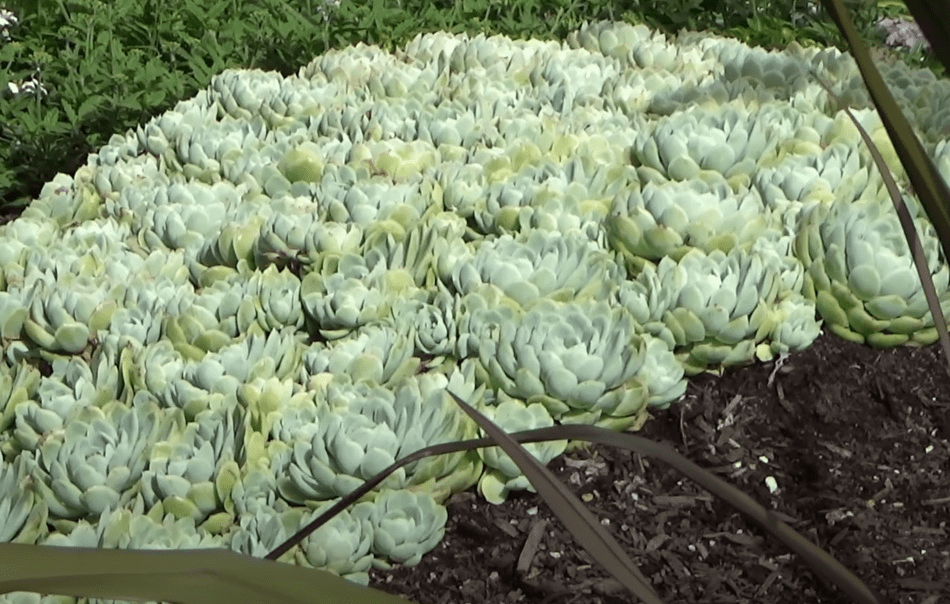Bark protects your plants and inhibits the weed from growing.
Cover bark gives the bed a nice appearance while shielding the plants from harm and preventing weed growth.
Pine bark covering has a variety of purposes outside. It grows nicely beneath hedge plants, bushes, and trees and can be utilized in most beds. The fraction/degree of fineness of cover bark ranges from 0 to 40 mm.
Read this post and also check out the videos in our YouTube channel: https://www.youtube.com/@GrigStamate
for other great and inspiring tips and ideas regarding contemporary home interiors.
Allow me to recommend one beautiful video from the channel:
Beautiful Succulent Garden Arrangements (2) | OUTDOOR DECOR & LANDSCAPING IDEAS #14 (video)
Bark protects the plants from cold.
It is simple to forget that many of the plants in the garden freeze over the winter. As a fall cover for beds and plants, cover bark works fantastically. Leave it till the tele has given way because it will help protect against the frost.
Bark is shock absorbing.
Bark can be utilized as a substrate that absorbs shock, such as under a play structure, and it also dampens and disperses precipitation.

Considerations:
A type of mulch that can be utilized for beds and slopes is bark and wood chips. They can aid in water retention, weed control, and beautiful garden design1. Bark can be used for beds and slopes, but there are a few things to keep in mind.
A heavier variety of bark, such as wood nuggets or shredded bark, is preferable than a lighter one since it can better hold its position.
Avoid placing any plastic or fabric beneath the bark since this could result in a slippery surface that causes the bark to slide off the slope2. Instead, use several layers of bark, and wet them thoroughly to help them adhere to one another.
If you’re using them as paths, you should install a membrane between the dirt and the bark to stop them from blending with the soil and getting muddy3. Additionally, make drainage holes in the membrane.
Other related posts from our website:
https://howtobuildahouseblog.com/smart-tips-for-a-sustainable-garden-part-2/
https://howtobuildahouseblog.com/smart-tips-for-a-sustainable-garden-part-1/
We sincerely hope that our video and post can help you.
Please, write your opinion in the comment section and do not forget to subscribe to our channel if you are new to our YouTube channel.
See you soon at another post.
Bye, Bye


